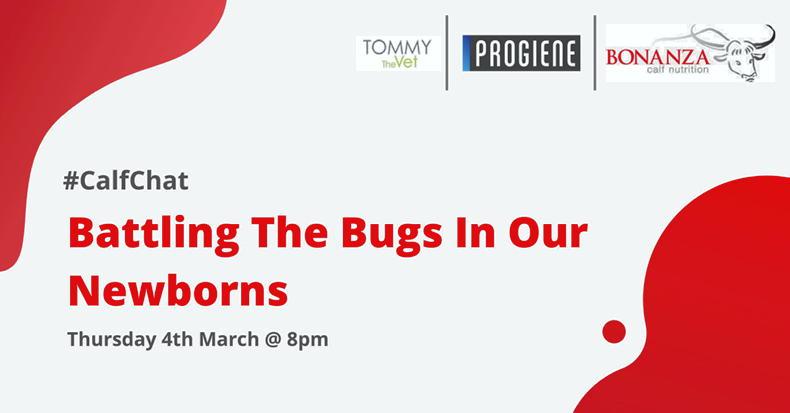During the company’s recent #CalfChat event, farmers said inconsistent weather was the main reason for a greater incidence of disease in young calves.
Dr Christine Cummins, Bonanza Calf Nutrition, said that while there were many challenges in rearing calves, including birthing difficulties, colostrum and feed management and hygiene, the one problem that rearers have little control over is the weather.

“Just when we think we have our calves sorted for the existing weather, it changes,’’ she said.
“This spring has kept us on our toes, providing us with nearly every weather scenario, with dramatic changes in very short periods.’’
Extreme temperature differences have put a big strain on calves.
“Like babies, calves are inefficient at regulating their body temperature as they get used to the world outside the womb,’’ said Dr Cummins.
“So much of their body’s focus goes towards growing and staying healthy, that the calf struggles to find any leftover energy to deal with inconsistencies.’’
Variations of any kind therefore lead to stress which, in turn, results in sickness and poorer daily liveweight gains.
Weather is one of the biggest contributors to stress in calves, Dr Cummins said.
“We need to keep as much as we can consistent for the calf and that includes the effects of the weather,’’ she said.
“This may seem like an impossible task, but it is far from that.’’
There are a number of options for this. Bedding calves with a deep, dry bed of straw allows the calf to create a microclimate to minimise changes in air temperature in its personal space.
“This seems obvious and reasonable, but it is something we often overlook or get too busy to keep on top of,’’ says Dr Cummins.
“With a lot of our new, airy calf houses, this may not be sufficient for such major air changes so people need to look further in efforts to prevent disease.’’
Calf jackets are another option. These can be very helpful to the calf when they are in very open conditions, allowing them to use more energy to grow and stay healthy.
But Dr Cummins said there were considerations to bear in mind when using jackets.
“If putting jackets on calves from day one or two, they must be left on for four to six weeks, depending on weather conditions, as a calf with a jacket will have a finer coat and be susceptible to cold weather,’’ she advised.
Alternatively, if removing a calf jacket in the first four weeks of life, another heat source should be provided.
Even when calves have jackets, they may need additional support such as canopies - ‘false roofs’ that usually come out from the back wall of the calf pen at about 4-5 feet high.
Infrared lamps can be used for occasions where temperatures drop further.
Altering the milk feed is another option - nearly 70% of the #CalfChat participants used this strategy to counteract the effects of the weather.
Dr Cummins advised caution when making changes to the feeding system.
Although extra milk means extra energy, it also means the calf has to work harder to digest the feed, she pointed out.
Join us tonight on Calf Chat







 This is a subscriber-only article
This is a subscriber-only article





